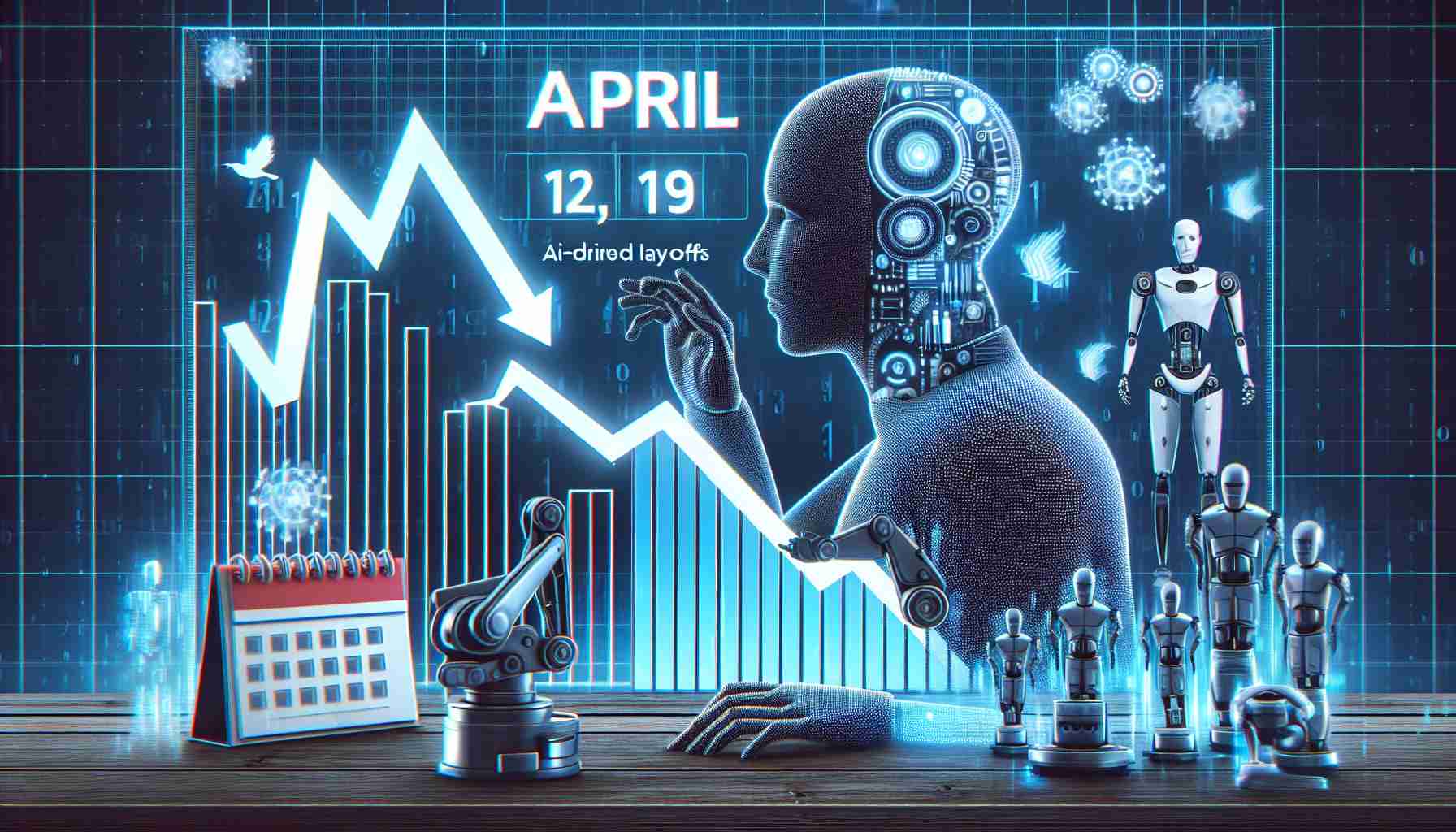US companies announced a reduction in layoffs in April, tallying 64,789 job cuts, which is a 28% decrease from the previous month and a modest 3.3% drop compared to April last year. Thus far, total job cuts for the year have reached 322,043. Top sectors affected by layoffs have been identified, with over 5,000 positions lost due to advancements and implementations of artificial intelligence (AI).
Andrew Challenger, Senior Vice President of Challenger, Gray & Christmas, Inc., conveyed that despite the tense job market, recruitment may slow down due to the rising costs of labor, hinting at the possibility of further layoffs. The April figures may merely precede a larger wave of job cuts.
What sectors are seeing job reductions? The technology sector is at the forefront of job elimination, with 47,436 positions cut, a sharp contrast to the prior year’s 113,944 cuts—a 58% reduction. Automotive manufacturing saw substantial reductions primarily due to Tesla’s decision to slash 14,000 jobs, a significant 10% of its workforce, resulting in a cumulative 20,189 jobs lost this year—a 108% increase from the previous year. Factors include massive layoffs by Tesla and jobs being supplanted by AI.
In education, including schools and universities, 8,092 positions were eliminated in April, adding up to a total of 17,892 and representing a 635% jump from the first four months of 2023. The healthcare sector followed, with 17,218 jobs terminated thus far in the year, a 41% decrease from last year’s figures. Media and journalism have also been impacted with an aggregate of 8,091 layoffs, marking a 29% decline from the same period in 2023.
The rationale behind these layoffs primarily stems from companies’ needs to cut costs and the rise of AI. AI was responsible for 800 job losses in April, the highest monthly figure since May 2023. Overall, 5,430 positions have been cut due to the shift towards adopting AI technologies, replacing several tasks and roles within organizations.
Source information is attributed to Challenger, Gray & Christmas, Inc., and Forbes, with editorial responsibility by Liang Rongjia.
Important Questions and Answers:
How is AI-driven automation influencing the job market?
AI-driven automation is increasingly becoming a significant factor in the job market, leading to job cuts as machines and software begin to replace human tasks and roles. While AI can enhance efficiency and reduce operational costs, it tends to cause workforce reductions in sectors susceptible to automation.
Are there any sectors experiencing growth amidst these layoffs?
Yes, despite layoffs in several industries, there are sectors such as renewable energy, digital services, and e-commerce that are often witnessing job growth due to greater demand for sustainable practices and the continued digital transformation of the economy.
What challenges do laid-off workers face?
Challenges include the need for re-skilling and up-skilling to stay relevant in the job market, potential long-term unemployment due to mismatches between available jobs and skill sets, and mental health issues associated with job loss.
Key Challenges or Controversies:
– Reskilling Workforce: As AI continues to advance, workers need to acquire new skills to remain employable, which can be a significant challenge, particularly for older employees.
– Ethical Concerns: There are ethical dilemmas associated with AI replacing human jobs, raising questions about the responsibilities of companies to their employees.
– Economic Inequality: The benefits of automation and AI are not evenly distributed, leading to concerns about increasing economic inequality.
Advantages and Disadvantages:
Advantages of AI and Automation:
– Increased Efficiency: AI can handle tasks more efficiently than humans, potentially leading to higher productivity.
– Cost Reduction: Companies can save on labor costs by implementing AI solutions.
– Innovation: AI can also drive innovation, leading to new products and services.
Disadvantages of AI and Automation:
– Job Displacement: Automation can lead to significant job cuts, especially in roles that are easily automated.
– Skill Gap: The current workforce may not have the necessary skills to transition to new roles created by AI, leading to a skill gap.
– Dependency on Technology: Over-reliance on AI can make companies vulnerable if the technology fails or is compromised.
The article’s source information comes from Challenger, Gray & Christmas, Inc. and Forbes. Please note that the information provided here is for additional context and is not part of the original article content.

